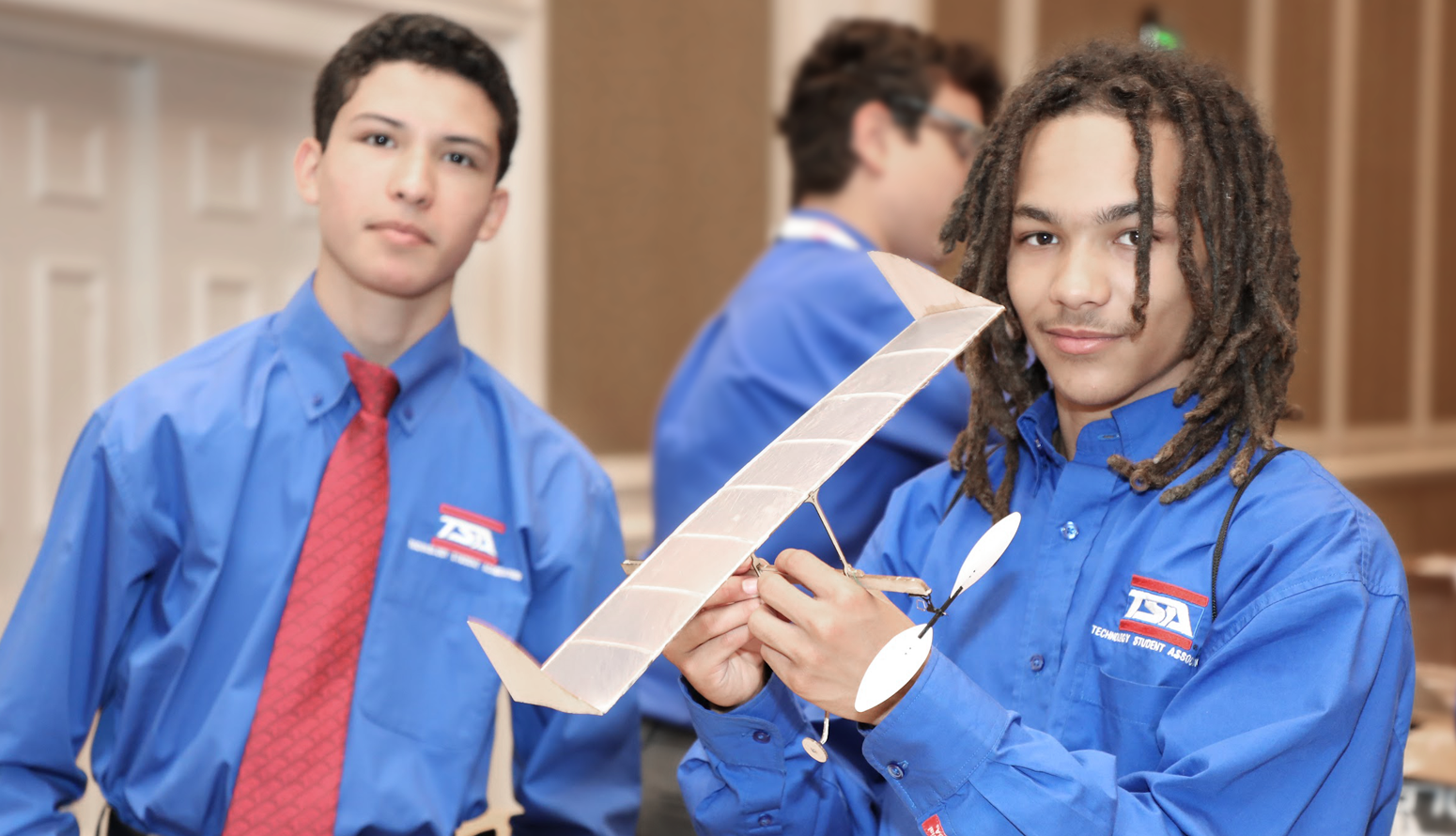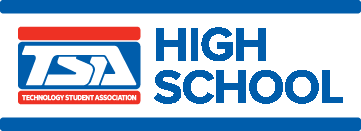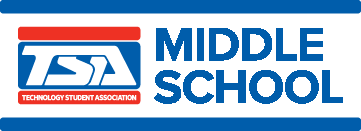In the High School Competitive Events Guide for the 2025 and 2026 National TSA Conferences, TSA offers 40 high school competitions. The eligibility chart provides the eligibility requirements for each competition and is applicable to the national TSA conference. (State delegations may choose to alter their events for local conferences. Click on your state to preview the requirements pertaining to your regional and/or state conferences.)
Flight Endurance
Forensic Science
Future Technology Teacher
Geospatial Technology
Manufacturing Prototype
Music Production
Participants produce an original musical piece that reflects the annual theme on the TSA website under Themes & Problems. The quality of the musical piece and required documentation (including elements such as a plan of work, self-evaluation, and a list of hardware, software, and instruments used) determines advancement to the semifinal level of competition, during which semifinalist participants are interviewed.
In the Middle School Competitive Events Guide for the 2026 and 2027 National TSA Conferences, TSA offers 37 middle school competitions. The eligibility chart provides the eligibility requirements for each competition and is applicable to the national TSA conference. (State delegations may choose to alter their events for local conferences. Click on your state to preview the requirements pertaining to your regional and/or state conferences.)
Audio Podcasting
Biotechnology
To address the annual theme, participants select a contemporary biotechnology issue and demonstrate understanding of the topic through their documented research and an original display. Semifinalists participate in an interview.
Career Prep
Based on the annual theme, participants conduct research on a technology-related career, prepare a letter of introduction to a potential employer, and develop a job-specific resume. Semifinalists participate in a mock job interview.
Challenging Technology Issues
Chapter Team
Participants take a parliamentary procedure test to qualify for the semifinal round of competition. Semifinalists conduct an opening ceremony, items of business, parliamentary actions, and a closing ceremony.


